Dry ARMD
How It Starts
Dry ARMD is more common (around 80% of ARMD cases are dry) and it typically has a slow progression over several years. It is caused by atrophy (loss) of the cells in the macula and usually affects one eye first.
There are no symptoms in the early stages. Some people will experience mild symptoms at the intermediate stage. This could be trouble seeing in dimly lit environments, or some mild blurring in their central vision. In the late stage, a blurred patch may appear in their central vision. It can be harder to see in poorly lit environments and colours may be dull. As the disease progresses, the blurring may worsen or central vision may be lost. (Rarely, there can be metamorphopsia – distortion of straight lines.)
Any sudden worsening in vision should be treated as an emergency, as it could be a sign that you have developed wet ARMD and require immediate treatment.
TREatment
Until recently dry ARMD was not treatable through any form of pharmaceutical or surgical intervention.
However, in a recent breakthrough, a new drug treatment has received FDA approval and SYFOVRE (pegcetacoplan) is now being used in the USA to slow the progression of the disease.
ARMD Clinic keeps up to date on treatment advances in their quest to provide the best care to our patients.
“The clinic where we care about you as well as for you.”
We Have What You Need
Expertise
Highly experienced consultant ophthalmologist specialising in medical retina.
PERSONAL CARE
The same doctor every time for continuity of care and a good patient doctor relationship.
CLOSE MONITORING
Monthly reviews and regular OCT scanning for early identification of disease progression.
THE LATEST TREATMENTS
Access to new treatments currently in development as soon as they are available.
